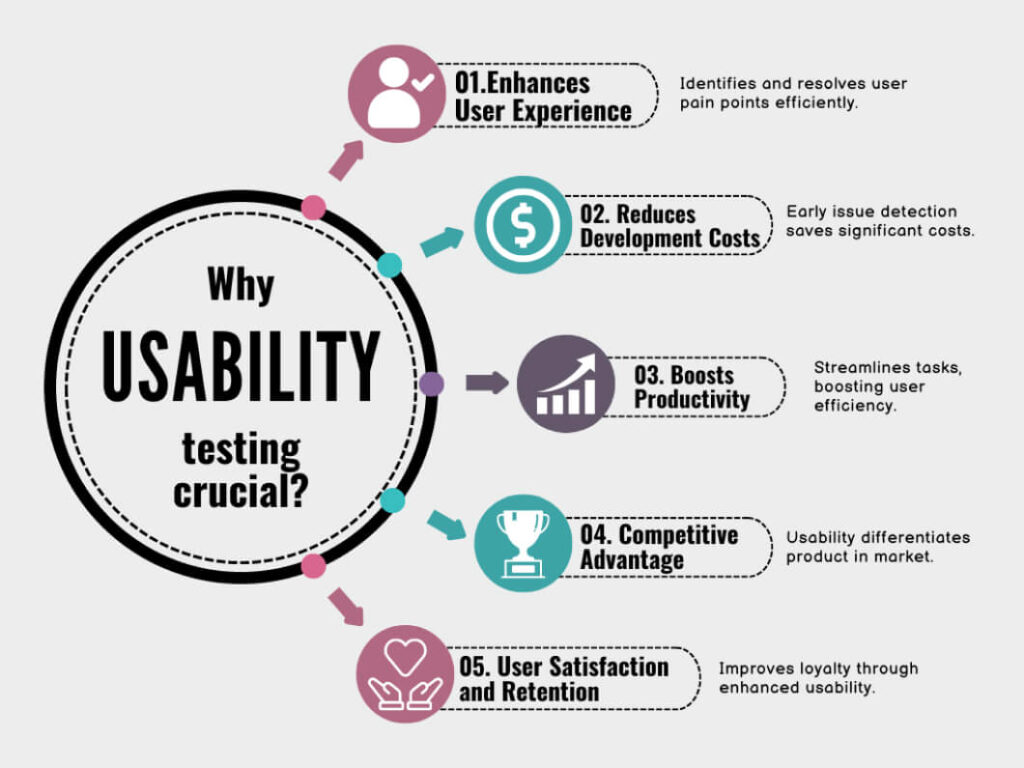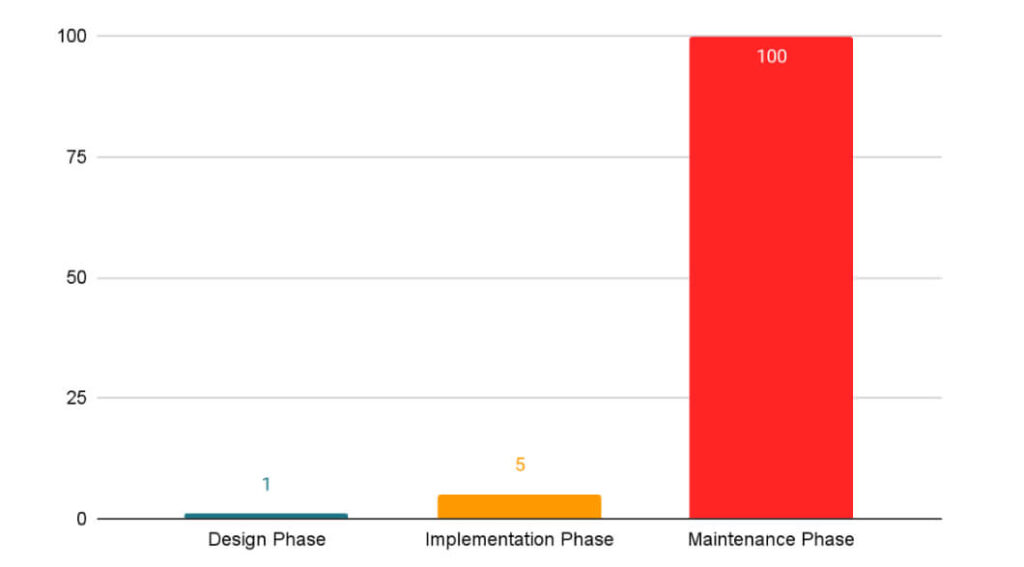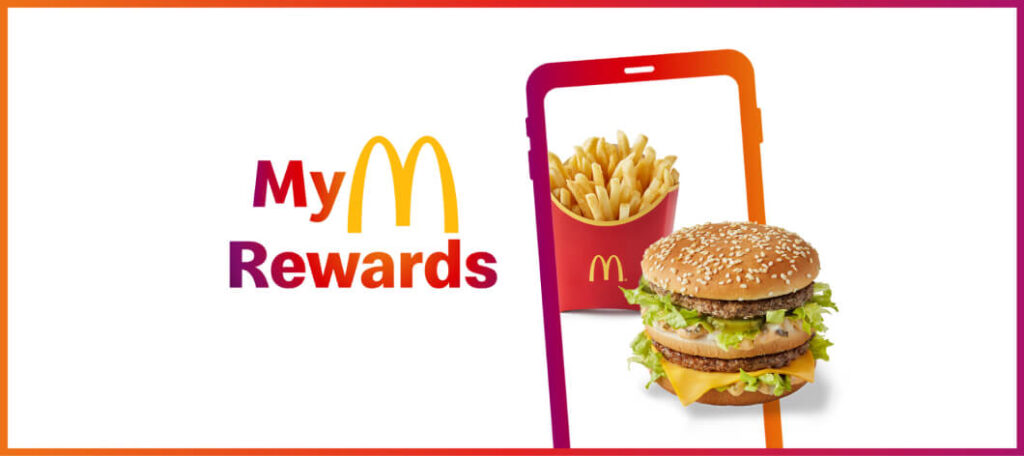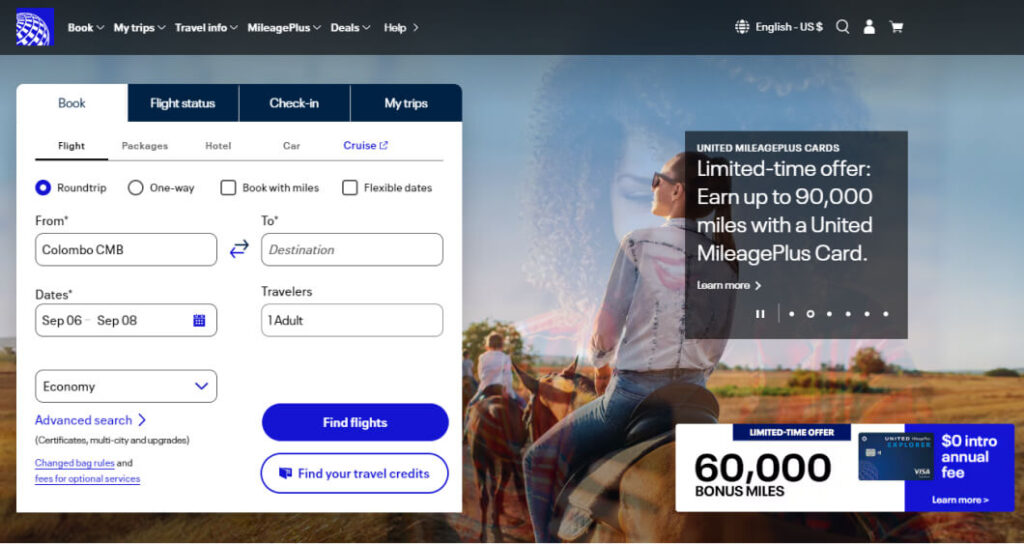Why is usability testing crucial for software?
What is Usability Testing?
In software development, usability testing is the process of testing the application with real users to identify usability issues and the effectiveness of the UI. It involves gathering various qualitative and quantitative data to measure user experience and overall application performance.
Qualitative Data:
- User feedback
- Observations
- Satisfaction ratings
Quantitative Data:
- Task completion time
- Error rates
- Success rates
- Click metrics
The main goal of usability testing is to ensure the application is user-friendly and meets target users’ expectations.
Importance of Usability Testing
One might argue that areas covered in usability testing can be addressed through other tests we perform throughout the development process, such as performance testing and user acceptance testing (UAT). However, usability testing is uniquely focused on the user’s interaction with the software, which is important for several reasons:
1. Enhances User Experience
Usability testing plays a major role in identifying and resolving user pain points. By observing real users interacting with the software, developers can pinpoint areas where users struggle or feel frustrated. This direct feedback enables targeted improvements that significantly enhance the overall user experience.
For instance, assume that usability testing on an e-commerce application reveals that the checkout process is too complex. Based on this feedback, developers can simplify the checkout process by reducing the number of steps, required fields, navigation, etc. A simplified checkout process can reduce cart abandonment rates by up to 35.26%, leading to higher conversion rates and increased sales.
2. Reduces Development Costs
Performing usability testing early in the development process helps identify design flaws and usability issues before they become costly. Even if the application is incomplete, you can perform usability testing through wireframes, prototypes, mockups, etc.
For example, according to research by the Systems Sciences Institute at IBM:
- The cost of fixing a single bug during implementation is about six times higher than one identified during design.
- The cost of fixing a single maintenance phase is about 100 times higher than one identified during design.
3. Boosts Productivity
When a product is easy to use, users can complete their tasks more easily and efficiently. This reduces the time spent on troubleshooting and training, allowing them to focus on their primary responsibilities.
For example, McDonald’s conducted usability tests on its mobile app before launching it in the UK market. These tests helped them identify issues such as poor visibility of call-to-action buttons and a lack of order customization. Addressing these issues made the app more intuitive and drastically reduced the time users spent navigating and completing orders.
4. Competitive Advantage
Excellent usability can differentiate a product in a crowded market and provide a competitive edge. Companies can attract customers and increase market share by ensuring the product is user-friendly and meets user expectations.
For example, United Airlines once conducted competitive benchmarking and usability testing to refine its website, United.com. The feedback from these tests helped them achieve a higher Net Promoter Score, showing that the company has more happy customers than unhappy ones. Ultimately, these stats can attract more users since they show that you provide a superior product or service compared to competitors.
5. Improves Accessibility
Usability testing also ensures the product is accessible to all users, including those with disabilities. Accessibility-focused usability testing helps you to identify issues with screen readers, keyboard navigation, color contrasts, text sizes, etc.
For example, the BBC conducted a usability test for its iPlayer service, focusing on users with disabilities. They identified several accessibility barriers, such as issues with screen reader navigation and the need for better control options for users with motor impairments.






